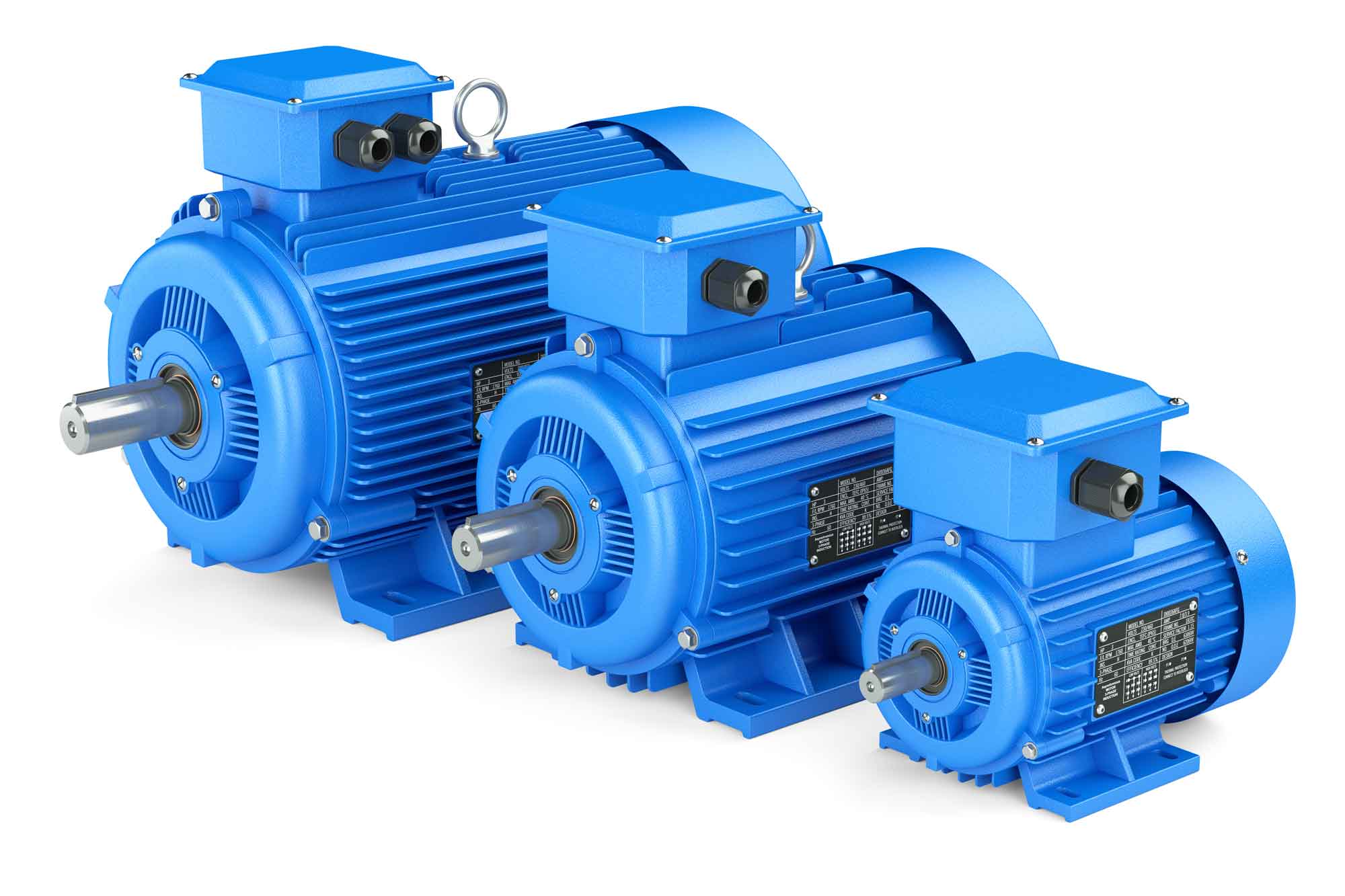Introduction
In this article, we will discuss the process of calculating torque for an aluminum worm gearmotor. We will explore the various factors that affect torque calculations and provide a step-by-step guide to help you determine the required torque for your specific application.
Understanding Torque
Before we dive into the calculations, let’s first understand what torque is. Torque is a rotational force that causes an object to rotate around an axis or pivot point. It is measured in Newton-meters (Nm) or pound-feet (lb-ft) and is essential for determining the motor’s performance and suitability for a particular task.
Factors Affecting Torque Calculation
Calculating torque for an aluminum worm gearmotor involves considering multiple factors. The following are some key considerations:
1. Gear Ratio
The gear ratio determines the speed and torque output of the gearmotor. It is the ratio of the number of teeth on the worm gear to the number of threads on the worm. A higher gear ratio results in higher torque but lower speed.
2. Efficiency
The gearmotor’s efficiency affects the amount of torque it can deliver. A higher efficiency means less power loss and more torque available for the desired application.
3. Load Characteristics
The load characteristics, such as the load type, magnitude, and operating conditions, play a crucial role in torque calculations. Different loads require different torque levels to operate effectively.
Calculating Torque
Now, let’s discuss the step-by-step process for calculating torque for an aluminum worm gearmotor:
Step 1: Determine the Required Load Torque
The first step is to identify the required load torque for your specific application. This can be determined by considering factors such as the weight of the load, friction, and any additional external forces.
Step 2: Account for the Safety Factor
It is crucial to include a safety factor in your torque calculation to ensure the gearmotor can handle any unexpected or temporary increases in load. A commonly used safety factor is 1.5.
Step 3: Calculate the Required Output Torque
To calculate the required output torque, multiply the load torque by the safety factor:
Required Output Torque = Required Load Torque ¡Á Safety Factor
Step 4: Consider the Gear Ratio and Efficiency
Take the gear ratio and efficiency into account to determine the required input torque. The input torque can be calculated using the following formula:
Required Input Torque = Required Output Torque / (Gear Ratio ¡Á Efficiency)
Step 5: Verify Motor’s Torque Capability
Finally, check the motor’s torque capability to ensure it can deliver the required input torque. This information can be obtained from the motor’s specifications provided by the manufacturer.

Electric motors for Sale
The relationship between the gearbox and electric motor is complementary and crucial for efficient operation. The gearbox provides torque multiplication and speed reduction, while the electric motor converts electrical energy into mechanical energy. We offer a wide range of electric motors for sale that are compatible with our gearboxes.

About Us
We are a comprehensive transmission equipment manufacturer integrating research and development, manufacturing, and sales of speed reducers. With over 25 years of experience, we specialize in designing, producing, and selling gearboxes that serve customers globally, including Europe, America, Africa, and Asia. Our commitment to providing the best service, highest product quality, and competitive prices has earned us a reputable position in the market.
At our company, we strive for excellence in production. We have introduced advanced production and testing equipment from both domestic and international sources. Our team consists of industry professionals and technicians who conduct innovative research and development, ensuring the highest standards of manufacturing. Our production management methods follow strict standards to control every aspect of gearbox production, resulting in high-quality, energy-efficient, and stable products.
Our gearboxes find applications in various industries, including equipment, food, car washing, packaging, transmission, automation, and solar energy. We welcome customers to explore our products and contact us for purchases.

Q&A
Q1: Can the aluminum worm gearmotor be used in high-temperature environments?
A1: Yes, our aluminum worm gearmotor is designed to withstand high-temperature environments. It features heat-resistant materials and proper ventilation to ensure optimal performance.
Q2: What is the lifespan of an aluminum worm gearmotor?
A2: The lifespan of an aluminum worm gearmotor depends on various factors such as operating conditions, maintenance, and load. With proper care and maintenance, our gearmotors can last for several years.
Q3: Can the gear ratio be customized for specific applications?
A3: Yes, we offer customization options for gear ratios to meet specific application requirements. Our team can assist you in selecting the appropriate gear ratio for your needs.
Q4: Does the aluminum gear reducer require lubrication?
A4: Yes, proper lubrication is essential for the smooth operation and longevity of the aluminum gear reducer. We provide guidelines on the type and frequency of lubrication required.
Q5: Can the aluminum worm gearmotor be used in both clockwise and counterclockwise rotations?
A5: Yes, our aluminum worm gearmotor is designed to operate in both clockwise and counterclockwise rotations, providing versatility for various applications.
Edited by: Zqq.
